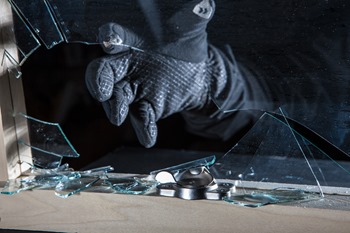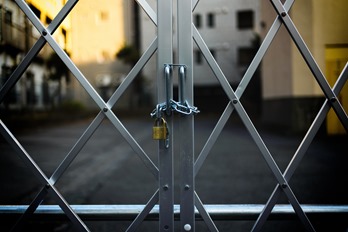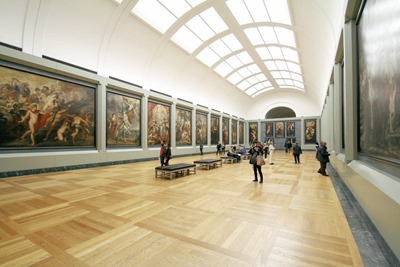 No matter the size or scale of your operations, burglary can have disastrous consequences for a business. From cash and asset losses through to negative press articles and the impact on employees caught up in the event, the fallout can be massive.
No matter the size or scale of your operations, burglary can have disastrous consequences for a business. From cash and asset losses through to negative press articles and the impact on employees caught up in the event, the fallout can be massive.
It is, however, worth remembering that the vast majority of burglaries are opportunistic in nature. Time and time again, police forces up and down the UK have warned that criminals hunt for easy prey. Businesses which fail to pay attention to perimeter security are high targets for criminals and gangs. Let’s take a look at some of the simple ways to help reduce the risk of burglary.
Risk assessments
In the same way that you would likely leave your home boiler repair to the gasman, your perimeter security should be handled by an expert. Every business is different and has their own unique operational and security-focused needs that need to be balanced when choosing perimeter security tools. A risk assessment will take into account the nature of your business when deciding which tools are going to be used.
Gates and barriers
Gates and barriers send a strong message out to opportunistic criminals. From the moment they first come across your property they will see that security is high on your agenda and that entry will be difficult. If entry is difficult then an escape will likely also be hard, effectively removing your business from their sights.
Access Control Equipment
One of the best ways to prevent a burglary is to think carefully about the layout of your site, and the location of valuable assets. Storing valuable items or data in specific locations can be a great way to prevent unauthorised access. Entry can be controlled with cards, fobs, keypads, or even cutting-edge biometric technology such as fingerprint readers.
Alarms and security systems
Tools such as CCTV and alarms can detect motion around your business and be used to alert the authorities. They play a role in protecting your business, but should simply augment other factors of your perimeter security. CCTV may record criminal activity but they do not prevent the incident from happening in the first place.
Lighting
Criminals do not want to be seen and identified. While you may think that lights may draw attention to your business, they can actually do the opposite. Adequate lighting not only increases your chances of a bypasser witnessing an incident but also helps other tools like CCTV to capture the likeness of an intruder. Don’t forget to regularly change bulbs that have been broken or otherwise damaged.
Control Vehicle and Pedestrian Access
Another key point to consider is how you manage access both on foot and in vehicles. Pedestrian traffic can be monitored and controlled by turnstiles. These turnstiles might be manned or unmanned with keypads, fobs, or fingerprint scanners. But they are a hurdle for criminals to overcome both before and after a crime.
Equally, vehicular access needs to be considered carefully. In recent years there has been an increased number of burglaries committed with the use of vehicles. Heavy-duty vehicles can be used to effectively ram their way into buildings and escape with valuable goods. To combat this you can install gates, bollards, rising kerbs, flow control plates, and road blockers. All of which can be helpful in cutting off access to road vehicles.
How we can help
Arranging effective perimeter security is not something that you should go at alone. No matter the size or nature of your business, we can provide you with a free, no-obligation quotation and feasibility survey. This will assess the security requirements of your organisation. For more information on any of the security options above, or for further advice on how to protect your business premises from criminals, please contact us here or call us on 01522 682 255.



Recent Comments